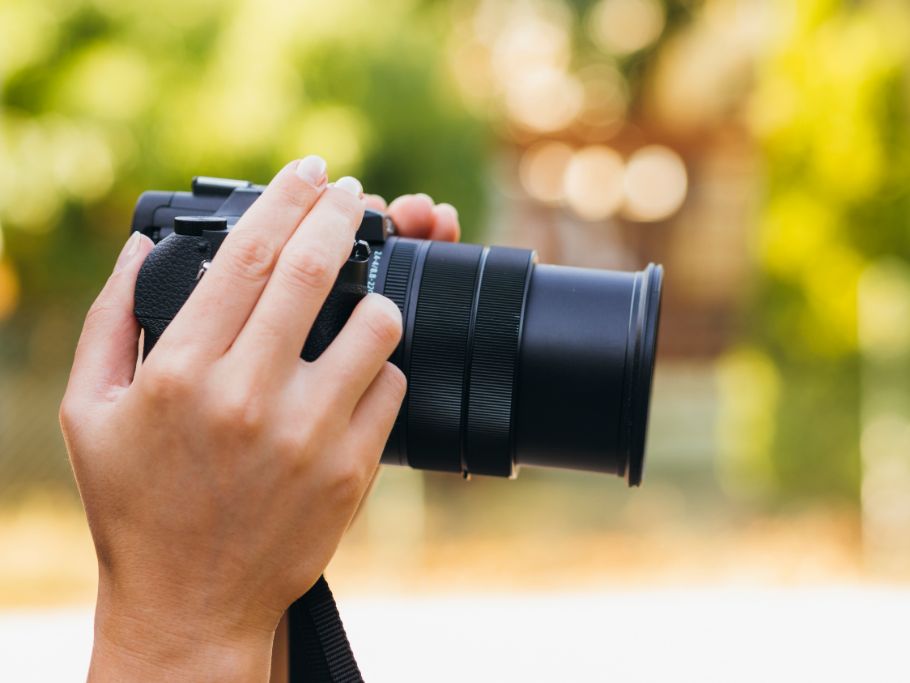When it comes to selecting a rifle scope, one of the most crucial aspects to consider is the size of the objective lens. The objective lens, located at the front end of the scope, plays a significant role in determining how much light enters the scope and how clear and bright the image appears. Choosing the right objective lens size can make a world of difference in your shooting experience, whether you’re hunting, target shooting, or engaging in tactical activities.
Understanding Rifle Scope Objective Lenses
The objective lens is the lens at the front of the rifle scope objective lenses, closest to the target. Its primary function is to gather light and focus it to create a clear image of the target within the scope. Objective lens size is typically measured in millimeters (mm) and is often denoted as a number following the “x” in the scope’s specification. For example, in a scope labeled 4-12×50, the “50” refers to a 50mm objective lens diameter.
The Role of Objective Lens Size in Rifle Scopes
The size of the objective lens directly affects the amount of light that enters the scope. Larger lenses gather more light, which can be particularly beneficial in low-light conditions, such as at dawn or dusk. A larger objective lens generally produces a brighter image, as it allows more light to pass through. This brightness can help in identifying targets more clearly, especially in dimly lit environments. While the objective lens size can affect the brightness, it also has an impact on the field of view. Generally, a larger lens provides a wider field of view, allowing you to see more of your surroundings at once.
Common Objective Lens Sizes
Small Objective Lenses (Under 40mm): Small objective lenses, typically under 40mm, are compact and lightweight. They are often favored for hunting rifles where weight and portability are important.
Medium Objective Lenses (40mm to 50mm): Medium-sized lenses, ranging from 40mm to 50mm, offer a balance between light transmission and size. These lenses are versatile and suitable for a variety of shooting applications.
Large Objective Lenses (Over 50mm): Larger objective lenses, over 50mm, are designed for maximum light gathering. They are ideal for long-range shooting and situations where image clarity is paramount, even in challenging lighting conditions.
Pros and Cons of Different Objective Lens Sizes
Advantages of Small Objective Lenses
- Lightweight and portable
- Easier to mount lower on the rifle
- Generally, more affordable
Disadvantages of Small Objective Lenses
- Less light transmission
- Narrower field of view
- May struggle in low-light conditions
Advantages of Medium Objective Lenses
- Good balance between brightness and size
- Versatile for different shooting scenarios
- Moderate weight and cost
Disadvantages of Medium Objective Lenses
- May still require higher mounts
- Heavier than small lenses
Advantages of Large Objective Lenses
- Maximum light transmission
- Brighter image, even in low light
- Wide field of view
Disadvantages of Large Objective Lenses
- Heavier and bulkier
- Requires higher scope mounts
- Typically, more expensive
Choosing the Right Objective Lens Size
For hunters, especially those who move frequently or hunt in dense environments, a smaller or medium objective lens may be preferable due to its lighter weight and ease of use. Target shooters may benefit from a medium to large objective lens, as these provide a clearer, brighter image, aiding in precision over longer distances. In tactical scenarios, where rapid target acquisition and versatility are key, a medium-sized lens often provides the best balance between size and performance.
Impact of Objective Lens Size on Scope Mounting
Larger objective lens require higher scope mounts to avoid contact with the barrel. This can affect the rifle’s overall profile and handling. Not all rifles are compatible with larger objective lenses, especially those with a high comb or fixed sights. It’s important to ensure that your chosen lens size works with your rifle.
Objective Lens Size and Overall Rifle Weight
A larger lens adds weight to the front of the rifle, potentially affecting its balance and how it feels in hand. This can be a critical factor during long shooting sessions or hunts. If you frequently carry your rifle over long distances, a smaller, lighter lens may be more comfortable and practical.
Objective Lens Size and Eye Relief
Eye relief is the distance between your eye and the scope where you can see the full image. Adequate eye relief is crucial to prevent recoil-related injuries and to maintain a full sight picture. Larger lenses can sometimes affect the scope’s eye relief, making it necessary to position your eye closer to the scope. This is an important consideration for shooters who need ample eye relief.
Objective Lens Size and Durability
Larger lenses are often housed in more substantial scope bodies, which can make them more durable. However, they are also more prone to damage due to their size and weight. The materials used in the construction of the scope and lens can impact durability. High-quality glass and robust housings are essential for maintaining the longevity of your scope.
Budget Considerations
Larger lenses typically come with a higher price tag due to the increased materials and manufacturing complexity. It’s important to balance your needs with your budget. Consider what you’ll primarily be using the scope for, and choose a lens size that offers the best combination of performance and affordability for your specific needs.
Objective Lens Size and Environmental Factors
If you often shoot in low-light conditions, a larger objective lens will provide a significant advantage by gathering lighter, resulting in a brighter image. In adverse weather conditions, such as rain or fog, a larger lens may still provide a clearer image, but it also presents a larger surface area that can collect moisture or debris.
Myths and Misconceptions About Objective Lens Size
One common misconception is that bigger always means better. While larger lenses do offer advantages, they also come with trade-offs that may not be suitable for all shooters. It’s essential to understand that the best objective lens size is the one that matches your specific shooting needs, not necessarily the largest available.
Tips for Maintaining Your Rifle Scope
Regular cleaning of the objective lens is crucial for maintaining image clarity. Use a lens cleaning solution and a soft cloth to avoid scratching the surface. Invest in lens covers or caps to protect the objective lens when not in use. This can prevent scratches, cracks, and other forms of damage.
Conclusion
Selecting the right objective lens size for your rifle scope is a critical decision that affects everything from light transmission to overall rifle balance. By understanding the role of the objective lens, considering your specific needs, and weighing the pros and cons of different sizes, you can make an informed choice that enhances your shooting experience. Whether you’re hunting in the early morning light, engaging targets at the range, or navigating tactical environments, the right objective lens size can make all the difference.





